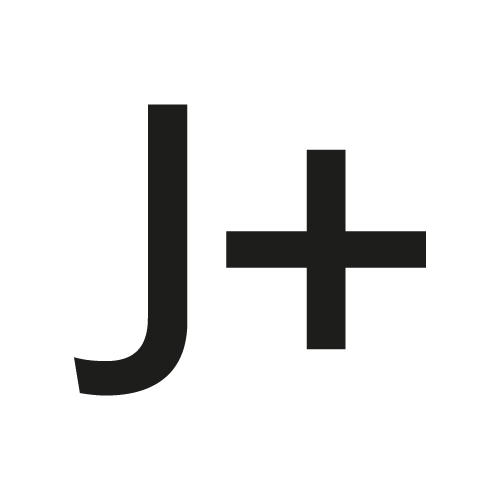EDGAR LECIEJEWSKI
A SCENE IN A LIBARY
Book Launch and Exhibition
October 20th to 22th 2016
DR. CHRISTIANE STAHL IN CONVERSATION WITH THE ARTIST: SAT, OCT 22, 2016, 3 PM
A Scene in a Libary (Detail) 2015, Colour Print on AluDibond, Museum Glass, Wood, 134 cm x 260 cm x 7 cm
The artist Edgar Leciejewski is manifestly not a fan of e-books. “A Scene in a Library” is the title he has chosen for his most recent work, which pays homage to the idea of a traditional and yet also very personal book collection. The viewer is invited to indulge his curiosity by letting his eye roam the shelves of this library and scrutinize what draws his interest. The overall dimensions of 260 by 134 cm (102 by 53 in) were chosen to bring out even minor details to full effect. Many—and remarkably different—things have come together in one moment in time on the four shelves. At the very top, hardbound vintage issues of “Die Zukunft” catch the eye, a journal (the title means “The Future”) whose varied mixture of light and serious reading made it popular with audiences around 1900. It would seem that Leciejewski, by arranging this scene, meant to recollect the fading idea of the personal library with the means of his art and condense it in a tableau.
We can identify modern editions of various philosophers and theorists. Some of them have obviously been read quite thoroughly, and pieces of papers sticking from their pages mark crucial passages. Behind them, yellowed novels come into view, including works by Balzac, Flaubert, and Zola; the great writers of French realism. Here, too, are the classic modernists: we see editions of Pessoa, Gorky, and Rilke. Yet Leciejewski shows more: heavy parcels wrapped in thick paper and entire stacks of photocopies will not divulge to us what they retain for future use or reference. Similarly, those volumes with unlabeled spines will remain opaque—are they photo albums, or notebooks? Truly mystifying, however, is the central section on the bottom shelf: it has been altered after the fact. As though clouded over, the surface of the photograph blurs into a neatly circumscribed haze. The entire tableau seems founded on a peculiar visual riddle.
Leciejewski deftly prods us to ask more questions than he is ready to answer. It is a game the numerous details scattered here and there play as well, spurring our curiosity even further: lawn gnomes and preserve jars containing strange materials, dried fruits and pictures have been inserted between the books like splinters of a larger whole. May we assume that they are all from the photographer’s personal effects? And what might be the connection between them? We can only guess: what emerges before our eyes is a meticulously arrayed autobiography. We are offered a glimpse of how an artist thinks and works. Speaking through things, the bibliophile still life presents itself to our gaze as a self-portrait.
One that merits looking very closely. At the center, just to the left of the small picture of a dog, an unassuming volume is inscribed “1839”—a date, no doubt, and an allusion connoisseurs of the history of media can unriddle: it is the year that photography entered the public discourse. As though Leciejewski meant to invoke this crucial moment as a pivot of his photographic oeuvre, the significant central inscription can serve as a point of departure for our explorations of the tableau. We discover older and recent classics of the literature on photography (László Moholy-Nagy, Rosalind Krauss, Douglas Crimp …) as well as a number of pictures, some loose, others already packaged and ready for shipping.
The artist’s appropriation of photography history and his own photographic production, this “Scene in a Library” seems to suggest, go hand in hand. The very title contains a hint in that direction: Leciejewski has borrowed it from William Henry Fox Talbot—it is the caption of a plate in his famous “Pencil of Nature,” published between 1844 and 1846. Just like Leciejewski, Talbot trained his camera on a collection of books, though his took up a mere two shelves. Both photographers, it appears, consciously cater to the curious gaze mentioned above: the longer our eyes linger over the picture, the more we find ourselves embroiled in a labor of decoding. We are invited to try and draw connections between the multitude of things on display, projecting onto the surface before us a dense web replete with referential and allusive meaning.
Complementing the tableau, Edgar Leciejewski has manufactured a book version that divides the titular scene into many individual stages. From one spread to the next, our eyes can graze over excerpts that unfold the picture into a sort of encyclopedia of things. With redoubled force, the “Scene in a Library” turned book highlights the autobiographical element in the work. The photographer opens his notebooks and sketchbooks for us, superimposing them on the selectively framed details to let us feel the appeal, the beguiling charm, even, of a familiar act of indiscretion: looking at someone else’s wall of books.
Prof. Dr. Steffen Siegel
Translation: Gerrit Jackson


